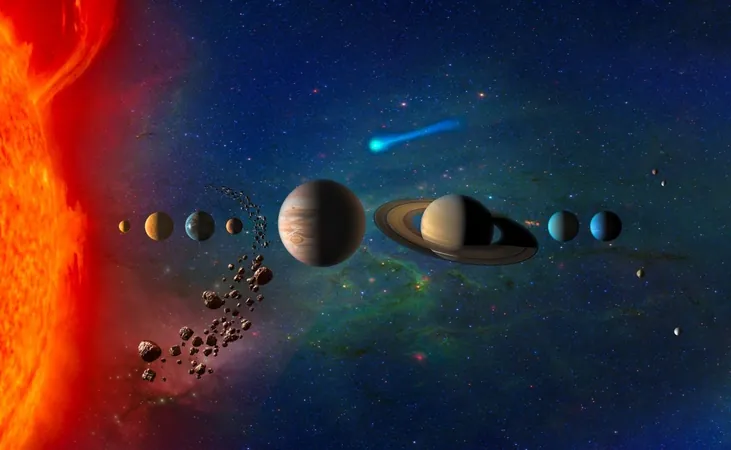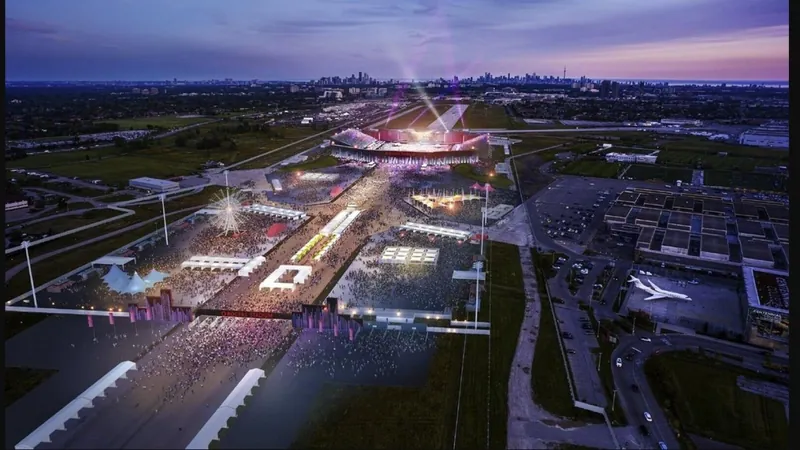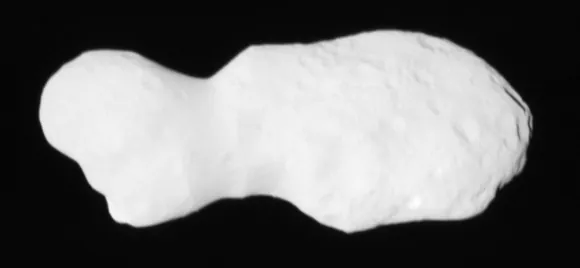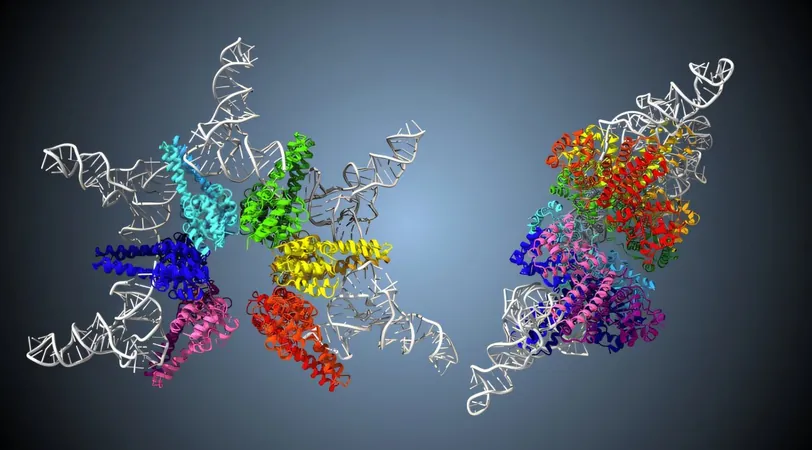
Could Passing Stars Upend Our Solar System?
2025-06-02
Author: Emily
The Cosmic Dance: Solar System Stability Under Threat
For centuries, scientists have been intrigued by the solar system's formation and whether its planetary orbits can remain stable over time. Traditionally, researchers have viewed the solar system in isolation, focusing on the gravitational interplay among the planets. However, a new dimension has emerged: the impact of passing stars nearby.
Recent research led by astronomers Nathan A. Kaib and Sean N. Raymond reveals that these nearby stellar visitors could substantially alter the orbits of our planets. Simulations suggest that over the next 5 billion years, close encounters with field stars could even lead to the loss of some planets.
The Research Breakthrough: New Insights on Planetary Orbits
Kaib, an Associate Professor of Astrophysics at the Planetary Science Institute, and Raymond, an astronomer at the Laboratoire d'Astrophysique de Bordeaux, published their astonishing findings in the journal Icarus. They discovered that previous studies had largely ignored the crucial role of stellar flybys in the stability of the solar system.
"Most studies have overlooked this factor due to the assumption that typical flybys have minimal effects on planetary orbits—even though this isn’t the case over long periods," Raymond explained.
Unraveling Space-Time: Historical Perspectives
Historical figures such as Sir Isaac Newton first posited that gravitational interactions might lead to instability in planetary orbits, a concept later developed by mathematicians like Pierre-Simon Laplace and Joseph-Louis Lagrange, who theorized that orbits would remain stable indefinitely. But insights from Carl Friedrich Gauss and Henri Poincaré suggested otherwise—planets do not exist in a vacuum, and their trajectories could be influenced by various factors.
Striking Simulations: A Closer Look
To arrive at their conclusions, Kaib and Raymond conducted an exhaustive 2,000 simulations using modern data from NASA's JPL. These simulations factored in potential stellar encounters, evaluating their effects on planetary orbits over immense timescales.
"We discovered that the solar system's stability is approximately 50% less reliable when accounting for flybys," said Raymond. The probabilities revealed a surprising 5% chance of Pluto experiencing orbital destabilization—a stark contrast to earlier assumptions of its enduring stability.
Looking Ahead: Implications for the Solar System and Beyond
Ultimately, their research changes the game, highlighting that there exists a 1 in 200 likelihood of the solar system experiencing destabilization from a passing star in the coming billions of years. This revelation might signal an impending era of instability.
Kaib remarked, "The idea that our solar system is entirely isolated from the rest of the galaxy has its limits. The influence of past stellar encounters may have already left marks on the orbits of the giant planets. This not only affects our understanding of our solar system but could also revolutionize the study of exoplanet systems, where flybys likely destabilized many unseen worlds."
The Galaxy Watches: A Future of Uncertainty
As we look to the cosmic future, this research serves as a stark reminder that the dance of celestial bodies is complex and unpredictable. The influence of passing stars may reshape our understanding of both our solar system and the potential dynamics of countless other star systems waiting for study.









 Brasil (PT)
Brasil (PT)
 Canada (EN)
Canada (EN)
 Chile (ES)
Chile (ES)
 Česko (CS)
Česko (CS)
 대한민국 (KO)
대한민국 (KO)
 España (ES)
España (ES)
 France (FR)
France (FR)
 Hong Kong (EN)
Hong Kong (EN)
 Italia (IT)
Italia (IT)
 日本 (JA)
日本 (JA)
 Magyarország (HU)
Magyarország (HU)
 Norge (NO)
Norge (NO)
 Polska (PL)
Polska (PL)
 Schweiz (DE)
Schweiz (DE)
 Singapore (EN)
Singapore (EN)
 Sverige (SV)
Sverige (SV)
 Suomi (FI)
Suomi (FI)
 Türkiye (TR)
Türkiye (TR)
 الإمارات العربية المتحدة (AR)
الإمارات العربية المتحدة (AR)